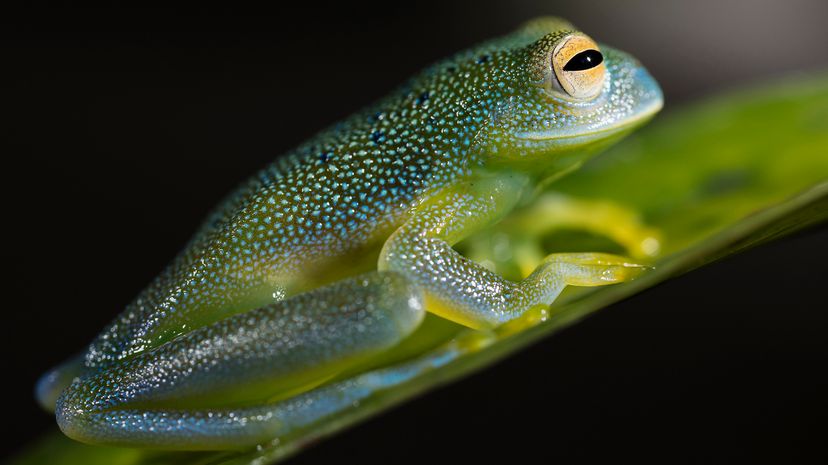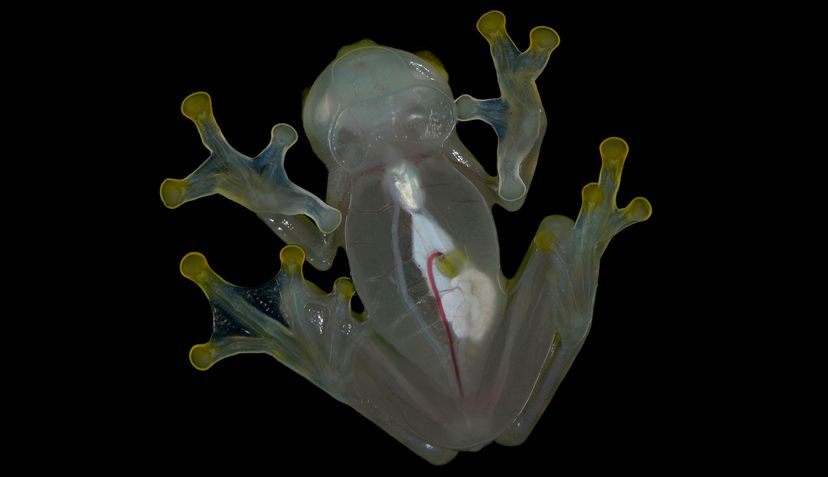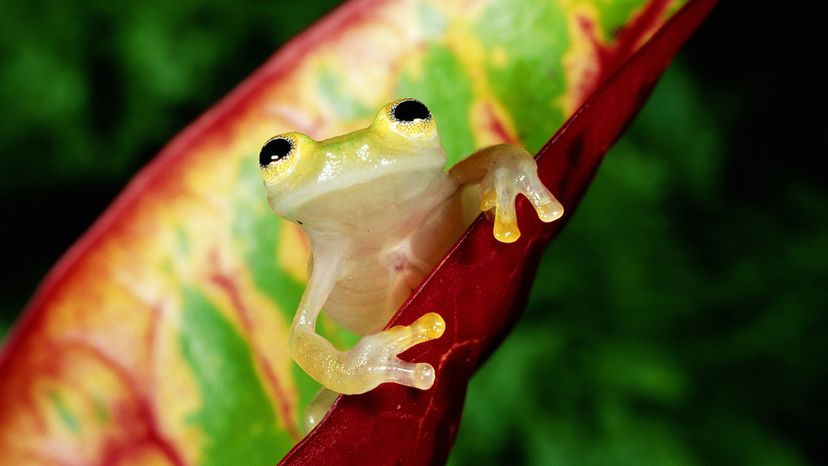
If you've ever seen a frog with skin so see-through you can spot its organs, you’ve stumbled into the world of the glass frog. Found mostly in Central and South America, these wild little amphibians belong to the family Centrolenidae. The glass frog's transparent skin makes it a marvel of evolution, not one of your average tree frogs.
Like other frogs, glass frogs go through an aquatic larval stage, but their adults perch high in shrubs hanging over forest streams, often blending in perfectly with the green leaf they're resting on.
Advertisement
The backs of most glass frogs are typically primarily lime green, while the undersides are translucent, offering a living window into their internal organs. This makes them excellent models for studying frog's internal processes, including how their red blood cells behave.
Advertisement

